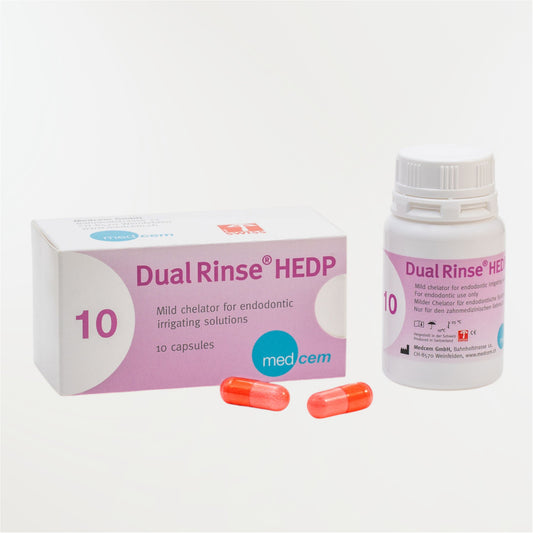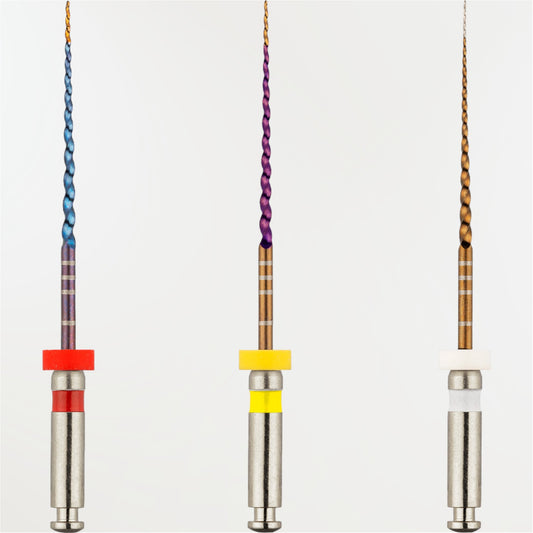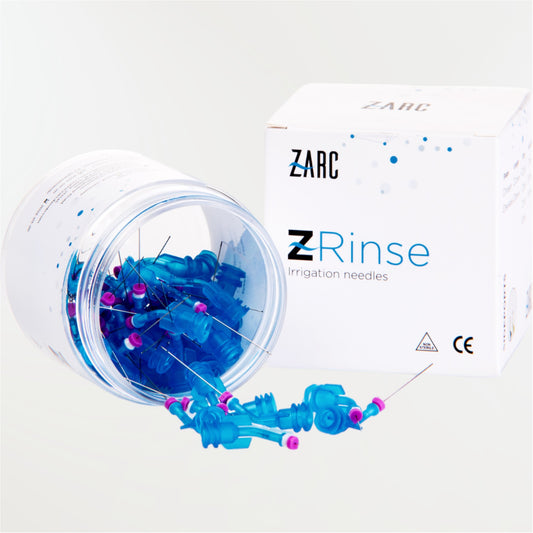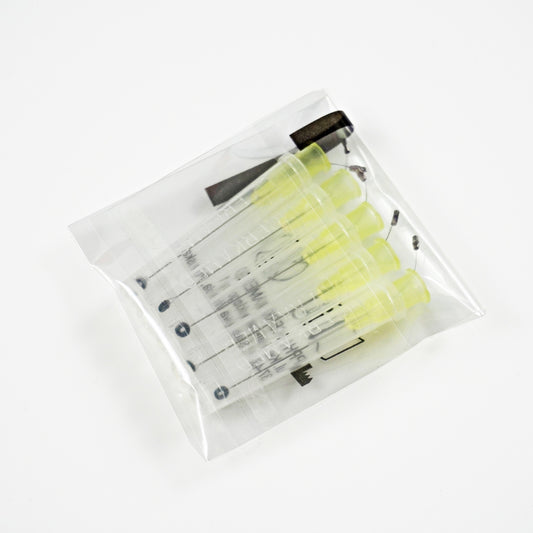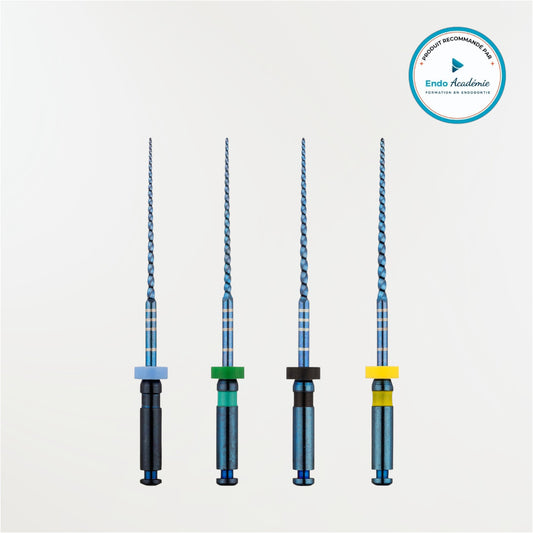Among the obturation techniques proposed until today, two do not seem to achieve consensus, but at least to be recognized as reproducible and predictable:
- The hot vertical compaction technique of gutta percha;
- The so-called single cone technique used with bioceramics;
If we must find a limit to the hot vertical compaction technique, it lies in the use of a sealing cement based on Zinc oxide eugenol which by nature is hydrophobic and tends to resorb over time when placed too thickly.
Advantages and limitations of obturation techniques
The cold single cone technique with bioceramics has the advantage of being a technique with a faster learning curve with the main advantage that bioceramics are hydrophilic materials in addition to being biocompatible. It must be understood that in this technique, the fluid material is not a simple sealing cement, but is indeed a filling material since it is used to fill the canal space. The gutta percha cone is used in this technique as a stake, allowing on the one hand to push the material in the apical direction to optimize filling and on the other hand to authorize partial or total unobturation during reprocessing or the installation of an anchor.
It is clear that heating these water-based materials can change their chemical and structural properties and therefore their property. However, there is no scientific evidence of the heat threshold which could modify the properties of the material and, up to which level of the root canal these properties are likely to be modified.
The lack of compaction of the cold technique can also lead to the presence of bubbles or voids sometimes masked on the control image by their high radiopacity.
Furthermore, the canal shaping is conical, the canal anatomy is such that the space to be closed is always greater in the coronal third than in the apical third. In fact, packing the cone at the canal entrance presents the major difficulty of obtaining a watertight plug in order to avoid a wash out* of the bioceramic during the final stages of rinsing the access cavity before reconstitution of the coronary artery. radicular.
The bonding stages could also be altered on the one hand by the acidic action of ortho phosphoric acid on bioceramics and on the other hand by the humidity of these materials which could harm the effectiveness of bonding.
This is even more true when it comes to canal retreatment because the relocation of the canal orifices and the shaping is often wider, or in the case of oval canals or with more complex anatomy (C-shaped canals for example) where the bioceramic/guttapercha ratio at the coronal level makes this area particularly sensitive to Wash out*.
About a Hybrid technique
To overcome these drawbacks, Dr Nicola Grande proposed the “ mild heat compaction ” technique (2,3).
This technique consists of combining a single-cone technique on the apical two-thirds of the canal and an injection of hot gutta on the coronal third of the canal. This association thus makes it possible to obtain a good coronary gutta plug, while avoiding the risk of dehydration of the bioceramic if a filling were to be carried out using conventional hot compaction.
First cold phase
The master cone is chosen and adapted to the working length -1mm. The bioceramic is injected inside the canal and the master cone is inserted to the chosen length.
It is possible to take an intraoperative x-ray to assess the possible presence of voids in the filling, which is common in oval canals or with complex anatomy.
Second hot phase
The heated plugger provides heat in order to cut the cone in the first coronal third of the canal, the softened gutta-percha will therefore be compacted with more or less light pressure depending on the presence of voids present in the intraoperative x-ray.
The coronal third will then be filled with a fluid guttapercha injection system (type Z UP (Zarc)).
This technique thus makes it possible to preserve the chemical and physical properties of the material in the most critical areas of the middle and apical thirds, while allowing normal management of the coronal third, even with a direct restoration or after restoration, because only gutta-percha is present.
Video demonstration
Discover the steps of this technique in video with Dr. Antonietta Bordone:
References :
- Li GH, Niu LN, Zhang W, Olsen M, De-Deus G, Eid AA, Chen JH, Pashley DH, Tay FR. Ability of new obturation materials to improve the seal of the root canal system: a review. Acta Biomater. 2014 Mar;10(3):1050-1063.
- Heat condensing technology for bioceramic cement - 1 luglio 2020 17.30.00 CEST
- Surgical repair of this perforation by stripping of the mesial radice of the lower molar - 7 days 2020 6.00.00 CEST
* Wash Out: tendency to remove material when rinsing with an air/water spray
